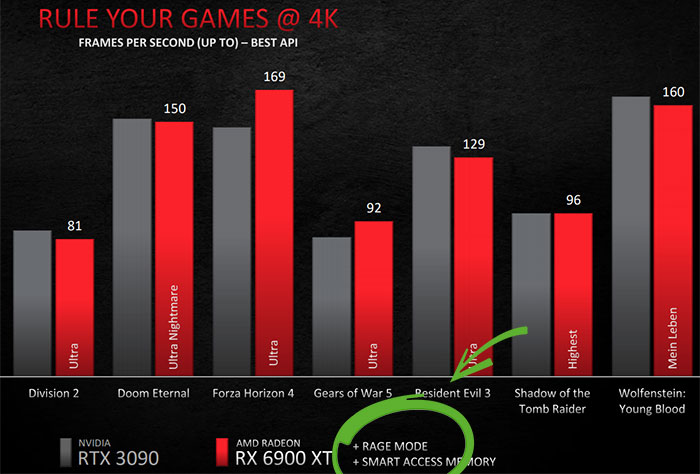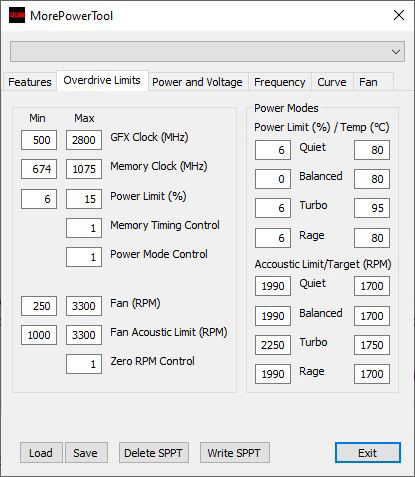During the late October special AMD event, which focussed upon the RDNA 2 architecture and a trio of Radeon RX 6000 Series graphics cards, we first heard about Rage mode. It was described during the presentation as basically being a 'one-click' overclocking mode. Moreover, AMD shared gaming benchmarks which sometimes included this mode or profile. As the editor noted, it didn't seem particularly fair for AMD to share its first official peeks at performance with overclocking applied.

Now thanks to Igor Wallossek and Patrick Schur we have gained some insight into what Rage mode actually does, and find that it is just one of four presets available as evidenced by an AMD partner's Radeon RX 6800XT BIOS.
On his Igor's Lab blog, Wallossek explains that four modes dubbed Quiet, Balanced, Rage and Turbo Mode can be seen in the BIOS code and "this presetting is implemented via the power limit, the target temperature and the fan control with Acoustic Limit and Target (RPM)". He takes the opportunity to plug his own MorePowerTool (MPT) software which can manipulate the AMD SoftPowerPlayTables for the same effect, and the UI clearly shows the modes in the screenshot below.

As you can see, the power limit minimum is between zero and six per cent (not sure about max variances between the rpesets), target temps are set at between 80 and 95°C, and fan profiles adjusted by the AMD partner to suit the cooling solution provided. Wallossek says the Rage mode would take a 300W reference card into 320W territory. Meanwhile he is a bit worried by Turbo mode and its 95°C limit.













